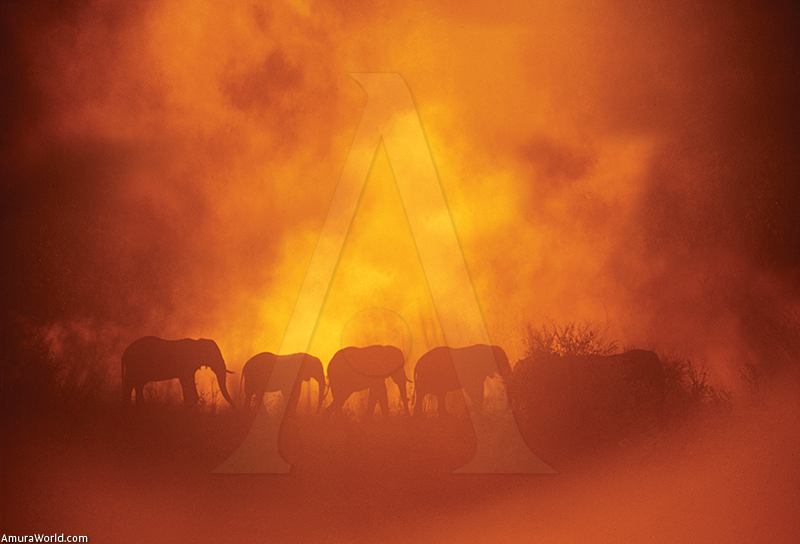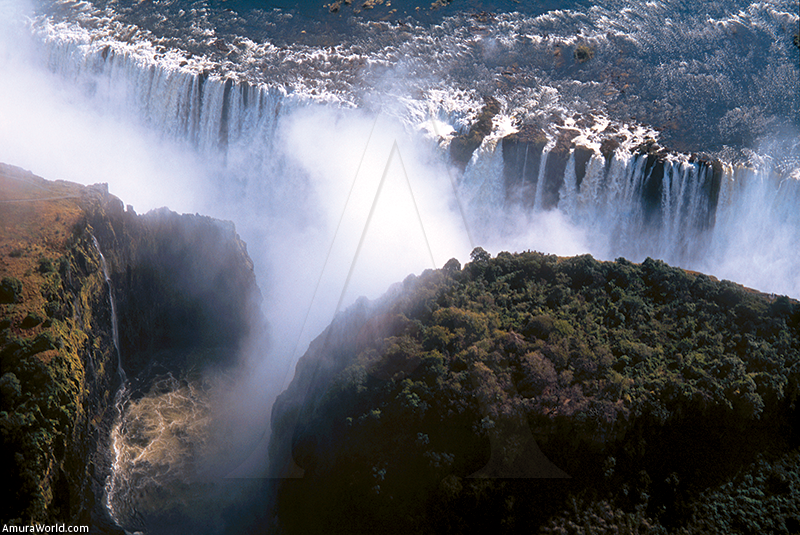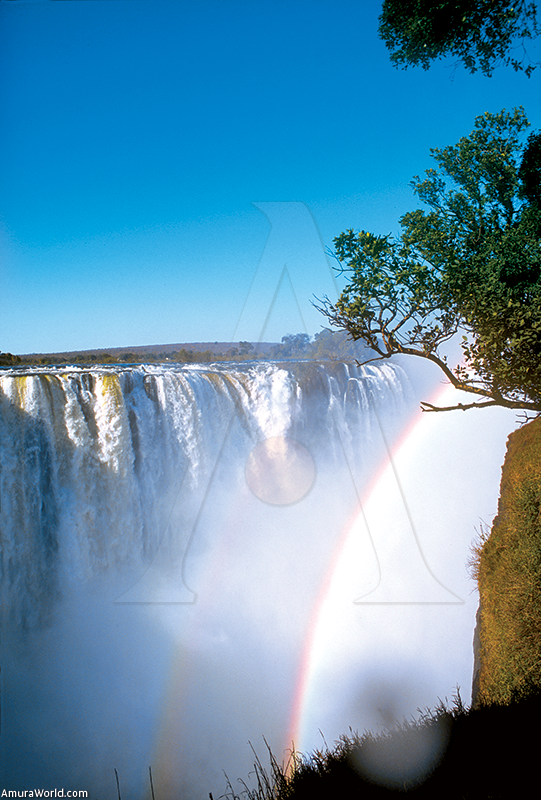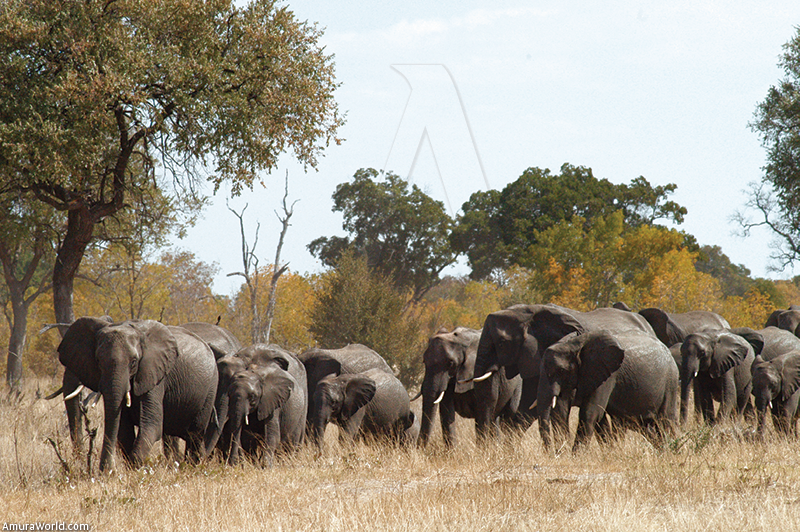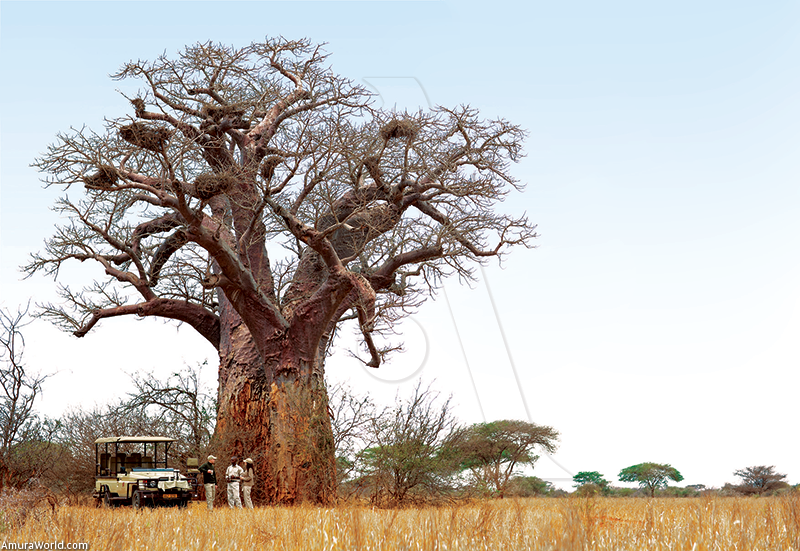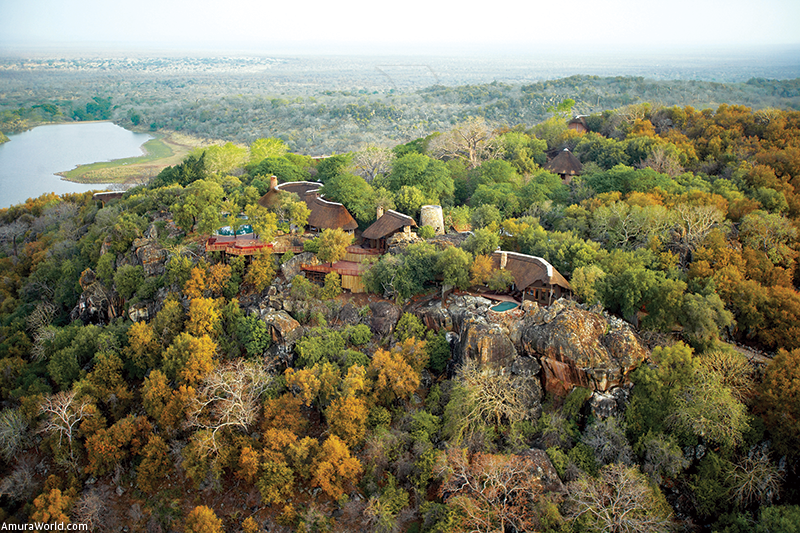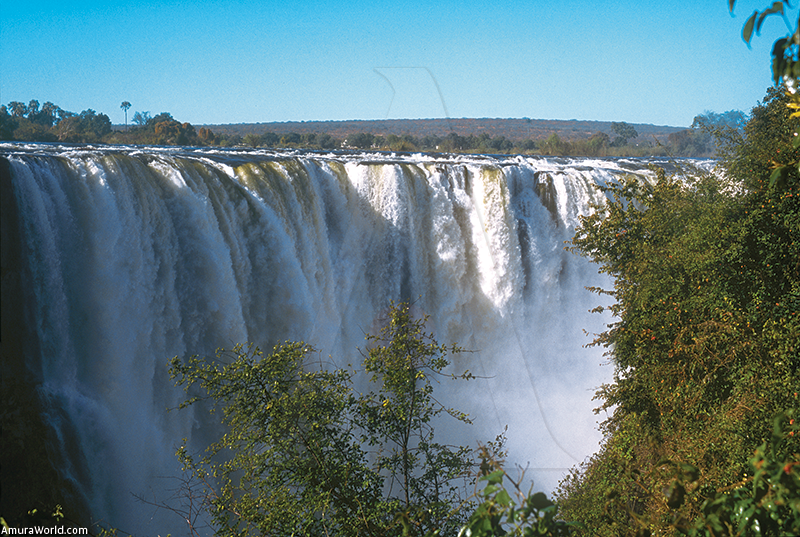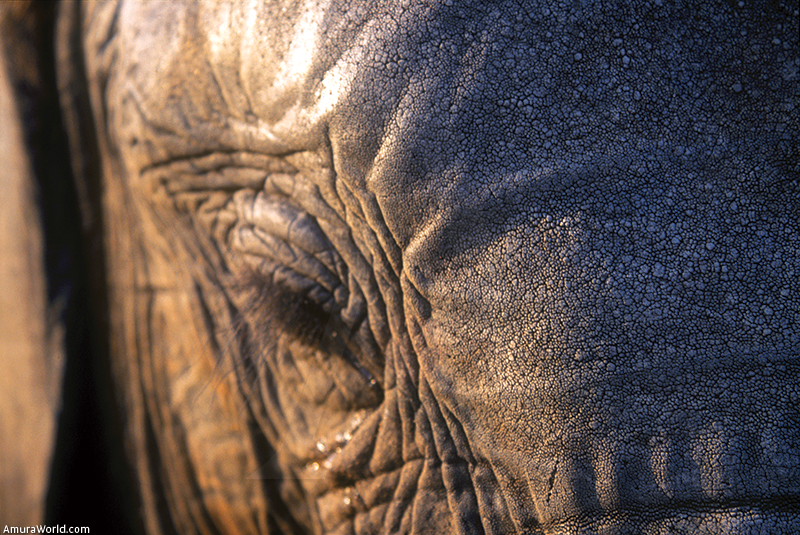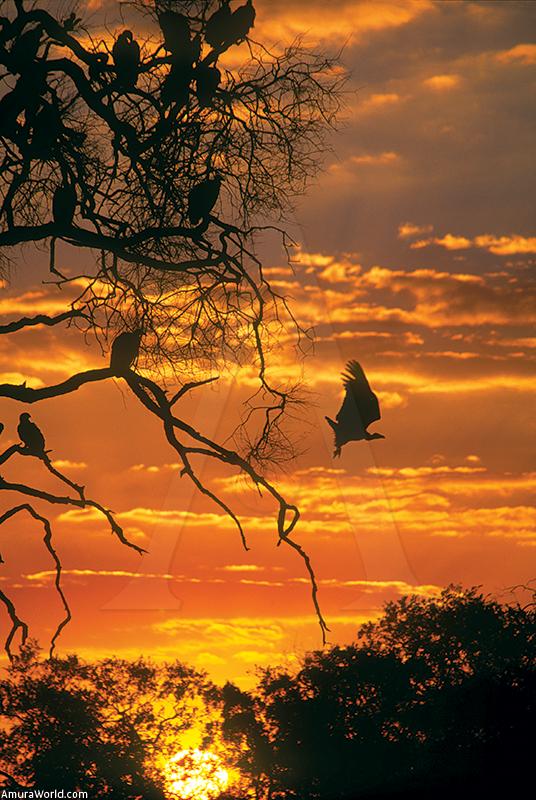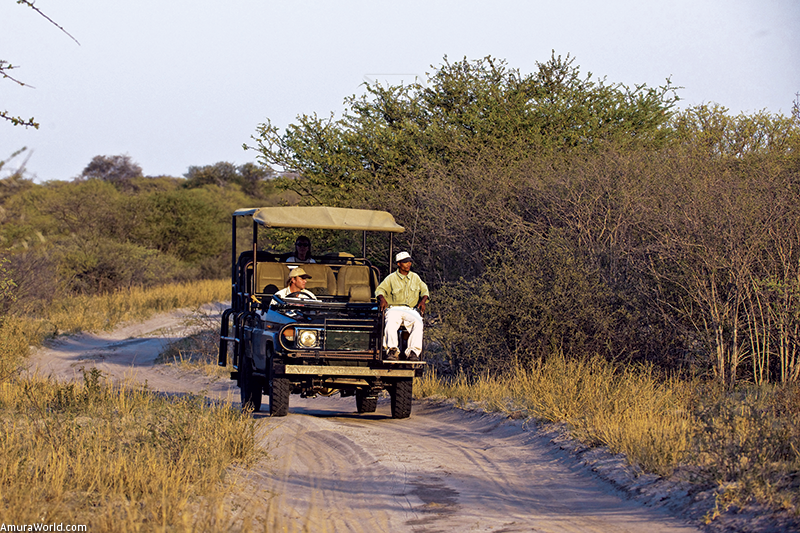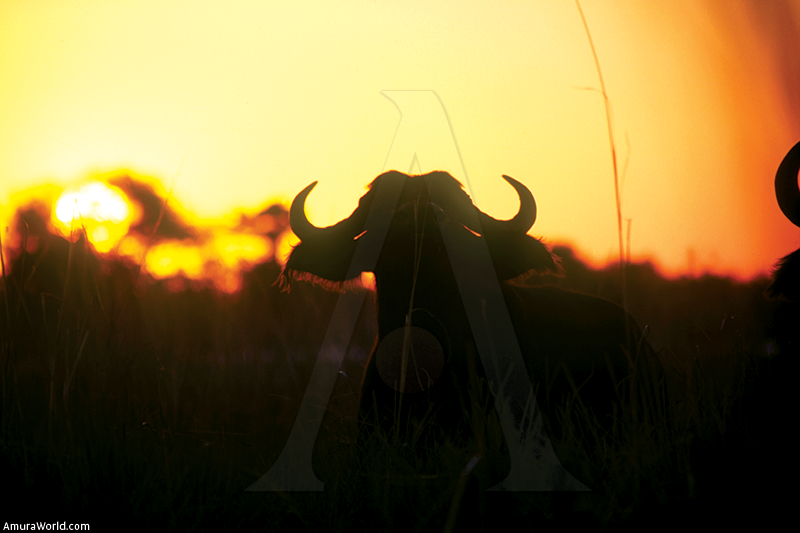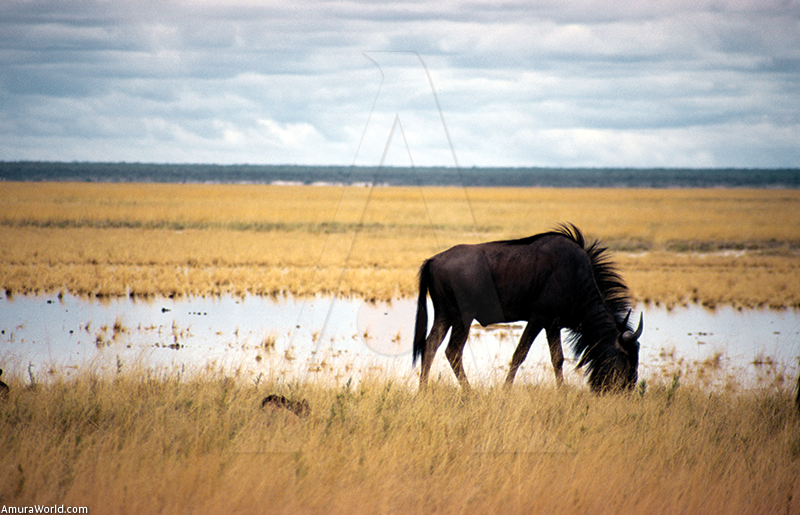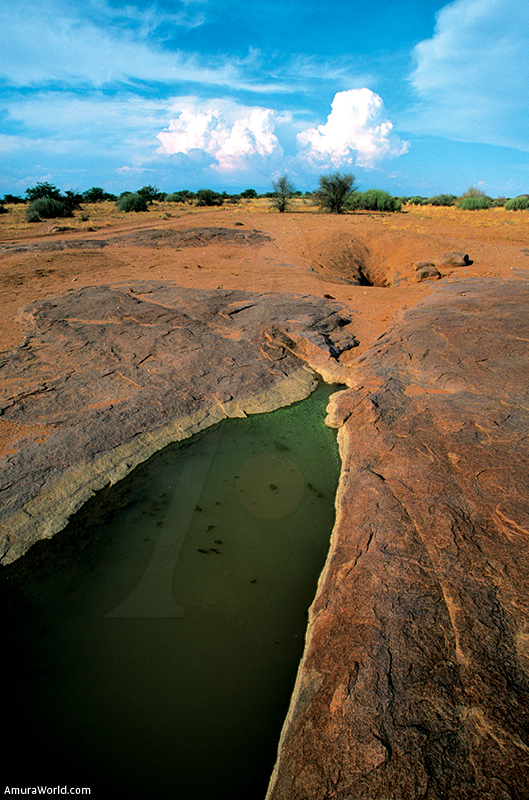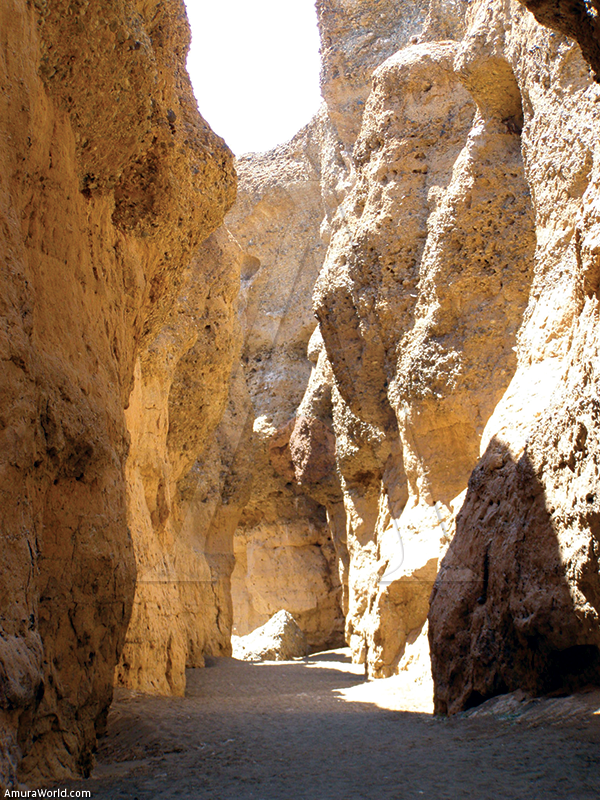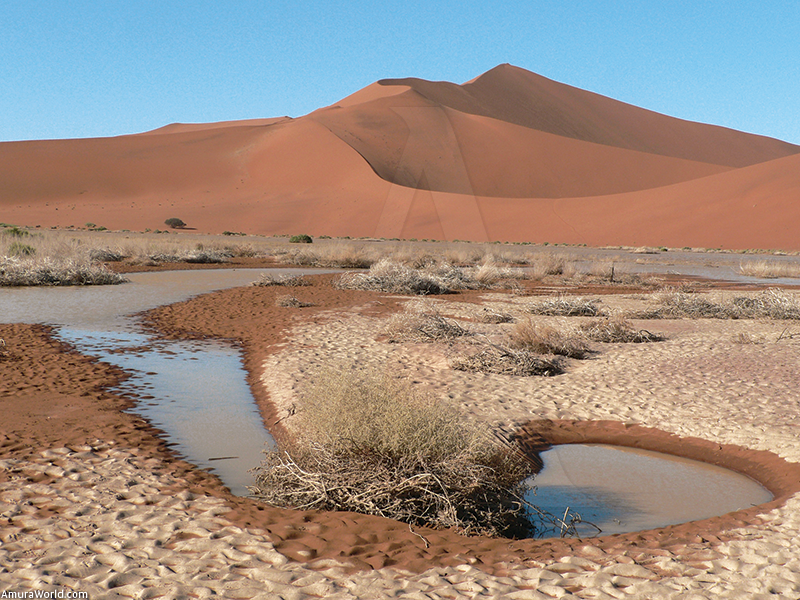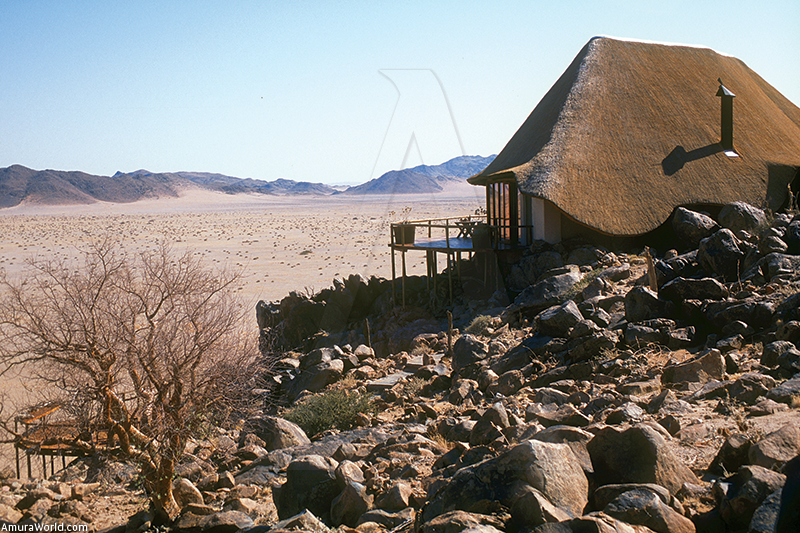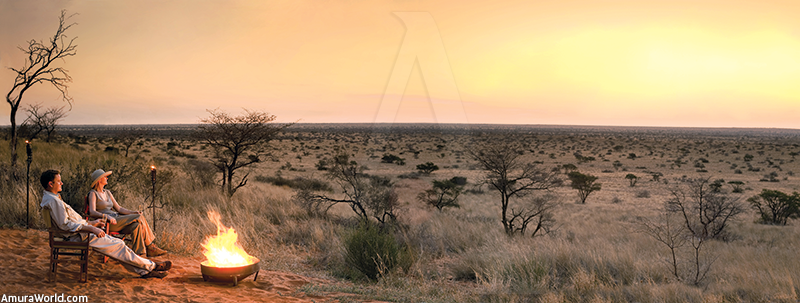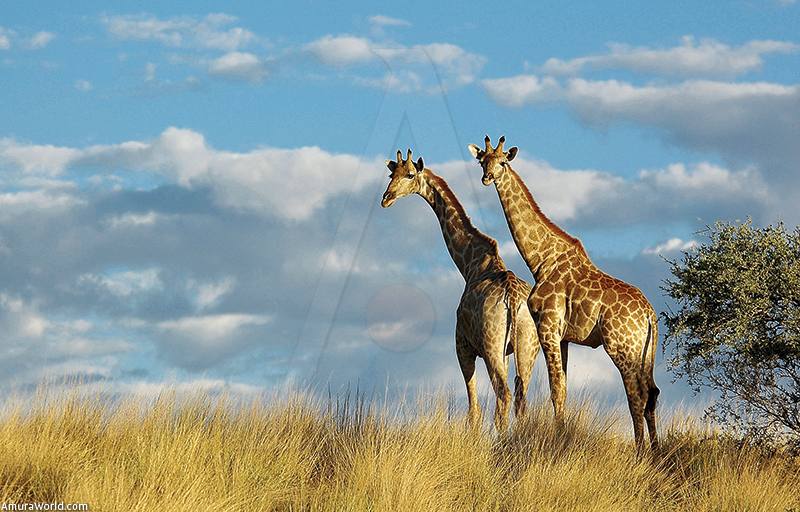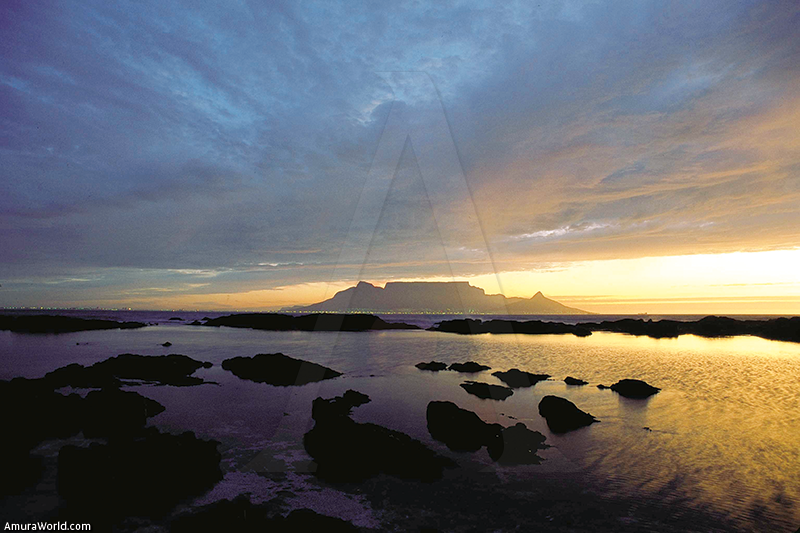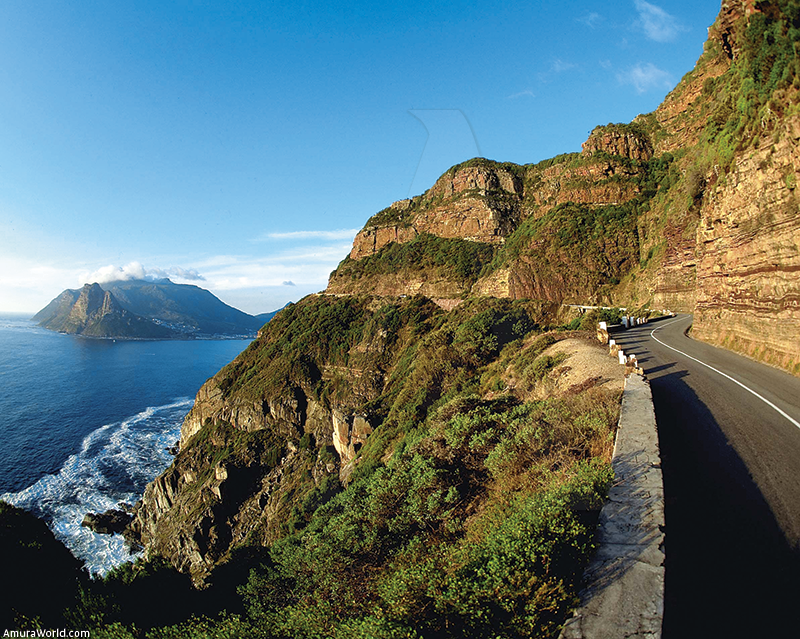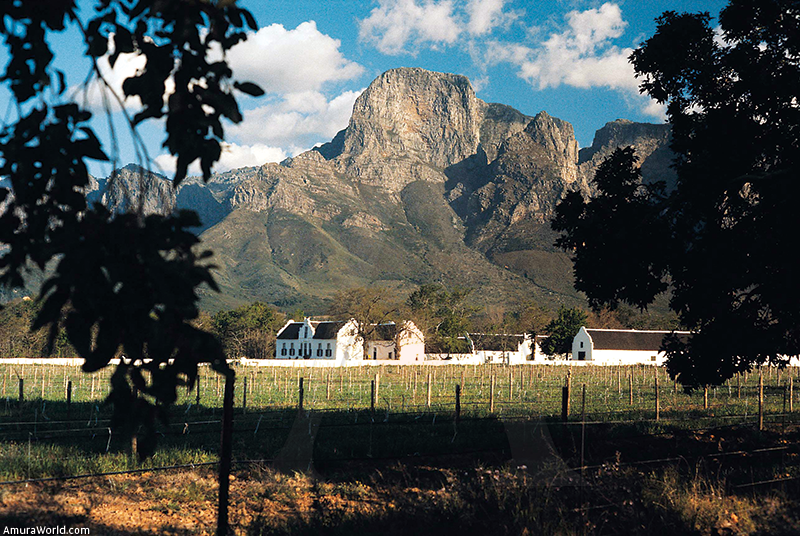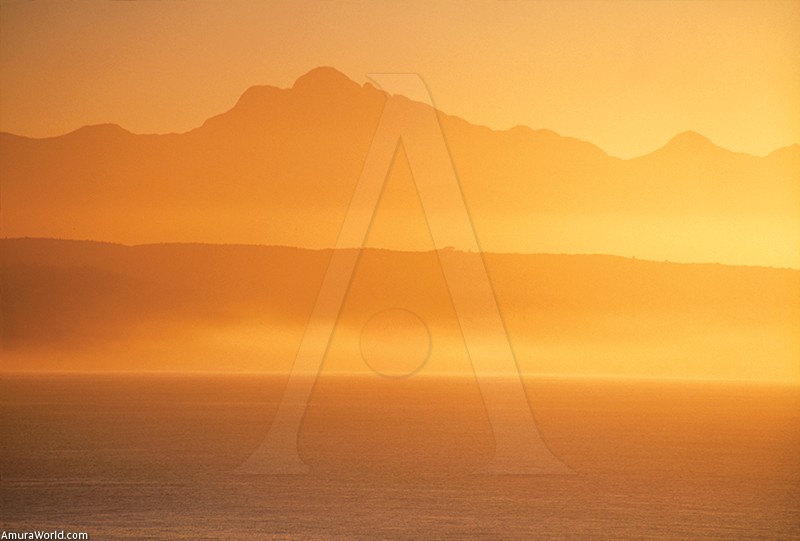{socialbuttons}
The adventure in a vibrant world
The moment you lay a feet in Africa, an adventure of extravagant horizons, and wild animals starts, creating an atmosphere that shine with the most beautiful sunsets. It’s a round of mysteries and emotions that make you dream; it’s a walk in a world of contrasts and strong exaltations that goes beyond usual. It the region of the encounters with people and with the “Bush” mysteries, that the long extensions of land where the horizon vibrate, where the acacias and some baobabs show how up, where the lions roar, where the elephants attack and the giraffes master the scenery. Africa is the continent of extraordinary regions, mystery and original cities, charming town, roaring falls, hallucinating deserts and fascinating reserves.
Africa exceed my dreams, Sudafrica gave me the unexpected, amazingness, beautifulness of his roads and the elegance of his emotion. Victoria Falls impacted me because of his perfection. Botsuana make me feel the breath of the beasts. In Namibia I admire the deserts that shine beneath the sun.
I share with you these emotions, with the compass of my experiences, like a movie full of suspense.
Victoria Falls
A grandiose spectacle between Zambia and Zimbabwe
I will never be able to forget my arrival on plane unto that arid plain from whence a peculiar vapor bellows out of the surface, as it if was being driven upwards from inside an infernal cave, ready to pierce through the sky and make its way to the sun.
The Zambesi River brings a gargantuan amount of water from Angola, were the rains help to feed the spring. The water then falls through a fissure 1.7 km long and only 200 to 300 meters wide, and 90 to 107 meters deep. The noise that the water produced as it flowed down was massive, and flow down with such force that it would hit against the sides of the canyon, creating the water vapor that in turn would create a cloud that would swell and release water to, once again, flow downstream.
A strange world has been created thanks to a fault in this steppe. An average of 550,000 cubic meters of water is poured inside this massive space every minute. More astonishingly, during the months of March and May, a staggering 5,000,000 cubic meters of water per minute pass through this space, creating a world of vapor that envelops everything in sight. It is impossible to stand near this monument of nature and not get completely soaked. This enormous fissure that gives way to the Fall’s zigzags its way through hills, creating intense rapids that roar from the belly of this beast. It is a strange sight to admire; an effort by nature to create one of the most marvelous sights in the world by means of a small fissure in the land.
David Livingstone, a consummate Scotsman, motivated by faith and desire to put a stop to the slave trade, explored the Kalahari and upper Zambezi deserts between 1842 and 1856. In 1855 he became the first white man to admire what he would later name “Victoria Falls”, in honor of Queen Victoria. He promptly returned to England, yet returned many times thereafter, accompanied by missionaries, and on his third and last trip, in 1866, he ventured once more northwards in search of the Nile spring.
Unfortunately, it was his violent and stubborn temper that, in 1869, prompted his missionaries to abandon him, for which he disappeared for two years. Henry Stanly, a journalist at the time, did not believe him dead. He proceeded to search for Dr. Livingstone, until one day, in 1871, at the edge of Lake Tanganyika, he found him, and thus uttered the now celebrated phrase: “Mr. Livingstone I presume”, though, by now frail and ravaged by disease, did not desire to return to England. He had arduously traveled for two long years through unknown regions, desperately making his way through rivers, lakes and an infinite number of tribes in search of the Nile spring. On May 1st, 1873, he died in the town of Chitambo, to the southeast of Lake Bangweulu in Zambia.
A rainbow decorated the scenery, which was, of course, created by the millions of water droplets floating in the air, droplets that ended up soaking me to the bone. Yet I needed to arrive at the bridge that crosses the canyon – this one man-made, yet one that caused me to feel yet again a tremble in my knees that by then had become all too familiar.
There is no doubt that, after spending an entire day travelling through the Victoria Falls, one is sure to be exhausted. The experience is all-absorbing, and so for some much needed rest I headed to the Victoria Falls Safari Lodge, erected, quite conveniently, at the top of a hill. There, though, I was able to look down at the savannah, where elephants and buffalos gather at the various water spots, where the impalas roam in an ever-present state of alertness and where, in a perfect display of stillness, storks would silently perch on the ground, a perfect reflection of them showing on the surface of the water.
The Zambezi rapids are some of the fierce and volatile rapids in the world, yet they are exceptionally safe to travel through given its depth, which in most places is deeper than in the average rapid, and for the lack of obstacles, mainly large rocks.The rapids still are, of course, classified level 4 or 5, depending on where once wishes to go, yet despite the danger.
It is from a great height that one finds the best views of the falls, I must confess. Once strapped to the seat of a helicopter, I could see clearly the water zigzag its way down the canyon and on to the waterfall. It looks like a snake whit a flat and wide head whit a neekless of steam.
I leave you a visual impression of the sights that made a profound impression on me.
Botsuana
Feeling the breath of the wildlife
At the height of the southern winter I crossed the Zambezi river from Zambia to arrive at Kasane, on the shores of the Chobe River, where the sun began to set in the horizon, right above the surface of the water, where hippopota- mus waited for the night to arrive, that they could surface and hunt. Even though the early morning hours were always frigid, each day promised a fresh patch of new adventures.
‘Tranquility’ is what best defines Chobe National Park. A group of female lions with their cubs waited for the first sunrays to glide across the river, the hip- popotamus’ would play and trash about the water, the giraffes and impalas would eat in peace, seem- ingly unaware of the activities unfolding around them. It was then that I observed a pack of baboons dart away from the river - and for a good reason: No less than 80 elephants, of all ages and sizes, made their way into the river. As I was travelling through the Chobe River, the elephants would travel from one patch of dry land to the other, in search of food, not perturbing in the least the group of hippopota- mus or the crocodiles.
In Elephant Valley, we were able to observe baboons and impalas, then we found ourselves cornered by two elephants. Then Rex. placed a bul- let in his rifle not a second after one the elephants charged at us. screeching. The elephant suddenly stopped, lifted his trunk, opened its ears and ran to another direction.
Next morning, we traveled in a small aircraft and arrived at Lebala, south of the Kwando River. While in flight. I could observe in detail the beauty of Botswana. And it was rather surprising to find elephants eating a few meters away from the run- way. Yet it soon became apparent why our animals friends had been roaming so close to where we land- ed: This place harbored nothing more than a luxury campsite and wildlife. Here we met Jonah and Sylver (“The Tracker"), sitting at the front of their vehicle.
During the pitch dark night we were informed that three male lions where roaming near the vicinity of the camp. Quickly, we got in the vehicle and drove to where they were. By dawn the temperatures were hov- ering just above freezing point yet this did not stop us from seeking more adventures. The first of these came along when we spotted four leopards, a female with three of its cubs, hiding in the tall grass and ready to hunt the nearby prey. We followed next the tracks of a hyena and located a slain hippopotamus being tom apart by two hyenas and three jackals. Some 500 meters away, three imposing male lions basked in the sun. while zebras and impalas roamed nearby, always alert of the movements of the lions.
Suddenly, as if some strange life force had taken hold of the entire savannah, we found ourselves in the midst of a group of thousand elephants, making their way to the river, and kicking huge dust plumes into the air that almost blinded our sight.
Nightfall soon arrived, and the lions began to disperse. We followed them only to discover that they were making their way to the campsite, mark- ing their territory, ready to hunt. Jonah made a call through the radio to make sure everyone was safely guarded indoors, yet not 200 meters from the camp, the lions suddenly changed course, and we lost them in the pitch black darkness.
Our next aircraft took us to Kwara, in the Okavango Delta, here we travelled by boat, fishing, and watching the hippopotamus’ and the elephants cross the river. We travelled, too, in a "mokoro”. a traditional boat carved out of a single piece of trunk, listening closely to the sound of the tall grass slid- ing through the sides.
Water arrives at the delta 4 or 5 months after the last rainfall falls on Angola, the place where the Okavango River begins. Thus, every available space be- 0ns to be filled with water, creating a myriad of tem- porary islands. The wildlife that cannot live on water must make use of any and every available dry space.
An hour long flight took me to Deception Valley, in the northern Kalahari region. The vegetation here is different than from the regions I had explored before. The bush was of a smaller height, and the desert would continually change in appearance.
We observe the survival instincts of some of the insects in these regions, such as are displayed by the termites. They create enormous funnel shape crevices that allow for the formation of fungus to occur - a staple of their diet. The porcupine will drive its spines on the skin of attacking animals, such as the lion. The spines are riddled with bacte- ria and tend to burrow themselves deep inside the lions skin, which eventually dies from infection. Steenbok antelopes form life-long bonds, and are extremely territorial, leaving their excrement in plain sight at the border of where they mark their territory, which encompasses an area roughly 0.5km2. The Greater Kudu’s horns have been known to get stuck when fighting, provoking the death of both the animals by means of starvation.
As we walked through the Kalahari, my Bush- man would point out where they would hide eggs filled with water close to their homes that they may quench their thirst when out hunting. They seal the eggs with grass and leaves to keep the water clean. He also showed me how they excavate the ground for edible roots, how they can build fires with sticks, and how they pick out specific plants and flowers for medical alignments, and others to make the tips of their arrows poisonous, and some others things.
This journey could only be described, as my friend Jonah says. "Botswana ke lefatshe la dipholo- foto tse dintse”: “Botswana is the adventure feeling the breath of the wildlife”.
Namibia
Images of a vibrant desert
Namibia is the place to discover some of the most beautiful deserts in the world, not withstanding its already fascinating flora and fauna. Upon my arrival I discover that most of the people that live there were German. They relate to me the story of their families, and how they settled in this country during the period of colonization in the 19th century.
Travelling across the country by minivan, we headed to the Wolwedans desert, after spending a short time in the peaceful capital city of Windhoek (pronounced “Win-duk”), where we were able to admire the cozy, European style houses. The Wolwedans desert is home to the Wolwedans Lodge, an impres- sive hotel built at the top of dunes. It was already nightfall by the time we got there, and the moon- light covered the surface of the dunes. The mosquito nets swayed softly in the wind, and, as it is to be expected of the African night sky, the whole of it was adorned by hundredths of thousands of stars.
Once the sun rises, the dunes abandon the silver hue it had acquired at night, and adopt their char- acteristic red color, which shines not unlike a ruby.
Inside the elegant lodge we discovered that the beds had been furnished with individual mosquito nets, allowing the guests to sleep outdoors. It was here where I listened to Stefan, the owner of the lodge. His family, too, arrived from Germany, and had, over the years, made great advancements by buying property in the area, mainly ranch’s that were used for grazing, in order to restore the land and let it thrive on its own. When the opportunity arose, the family decided to build a lodge on top of the red dunes; a national refuge set in the midst of enormous rocks that pepper the surrounding area.
We finally arrived at Soussvlei, a desert that stood in stark contrast with the one we had previ- ously visited. At a distance we could observe the enormous yellow dunes, and the sparkling dry lakes, which held a firm grip on the roots of trees that had died over 500 years ago. A few moments later we arrived at the Soussusvlei Wilderness Camp, a deeply luxurious place situated at the top of a rocky hill. The camp is a refreshing mad-made oasis that merges perfectly with its surroundings. It is the one refreshing stop in the middle of this sun-beaten desert.
From here we travelled immense Soussusveli dunes, some of the largest on Earth, which are typi- cally 150 to 300 km wide. It was here that one can also partake in many activities such as bird-watching or a trip on a hot air balloon over the dunes. It is a marvelous desert, and one could seldom find another traveler who did not seem find it as enjoyable as I did.
Leaving the dunes, we arrived at Skeleton Coast, where men used to deposit the skeletons and re- mains of dead sea-men as a warning to those who are heedless enough to attempt to travel through these treacherous waters. To the south of Skeleton Coast, I visited the town of Swapokmund, founded by colonist and possessing a distinct Dutch style. Here, the ocean seems to caress the surface of the desert. A place where once can relax by the seashore in the company of flamingos and other maritime species.
In Cape Cross we encountered a colony of seals that would lay at the side of the shore, and produced strange music that would fill your ears entirely. I was told that the sounds they created where meant to attract the jackals from the surrounded areas.
By now, though, we had made our way into regions far away from the coast, into central Namibia, where one can find, sprawling from the ground, Welwitschias - plants who’s leaves open up slowly, and resemble a dried-up lettuce. Some of these plants are over 1000 years old. Finally, we arrived at Twyfelfontein, where we admired paint- ings on the rocks that had been created thousands of years ago. They were simple, mainly depictions of men and animals, visual representations of an age that has long been forgotten by the modern Namibian population.
In the middle of the arid mountains we found Hua Lodge, where Jan Van de Reep has created a natural refuge at the side of the Huab River, an ideal place to observe exotic flora and wildlife. Jan, a stupen- dous Dutch by nature, has created this reserve with the help of his wife Suzi, who, like Hans and Claudia, also bought the land from local ranchers to create, once again, a natural setting.
Our journey ended in Etosha, the great animal reserve that surrounds Etosha pan, an enormous dry lake where no vegetation can survive, yet one that is frequently roamed by elephants, rhinoceros, giraffes, gazelles and lions. This is a fantastic place to get up and close with the wildlife that lives in this area.
Namibia is a yellow, red, gray and ochre-colored desert that vibrates with teeming wildlife, flora and the people who inhabit this great place. The people have created structures that rival those created naturally by the desert. It is a place that sur- prises, enchants, and seduces you forever.
Sudáfrica
The elegance of upright living in Sout Africa
Southern Africa is a world full of surprises where every lodge or hotel offers a unique and new experience, where every reserve unfolds a new beauty, and where every person makes for wonderful companionship. Lavish and modern, South Africa is an adventure in itself, one which I greatly enjoyed in spite of the marked racial and social contrasts.
Johannesburg, or Jo’burg, as the locals call it, proved to be my first destination. The city palpitates under the shadows of its skyscrapers, which are situated near the suburbs. The city center is largely abandoned for security reasons. One can also admire the designated green zones, where beautiful homes have been erected and which are heavily guarded.
I visited a gold mine, some beautiful golf courses, the huge, sprawling malls and the chic and elegant boutiques inside. It was an immense pleasure to visit Jo’burg.
A flight took me to Hoedspruit, at the border of the Kruger National Park. My personal ranger was waiting for me upon my arrival to take me to Kapama Reserve, where I had the privilege of setting camp in the majestic Camp Jabulani, where a suite and a private pool was waiting for me, before I have “lunch the Afrikaner way”, it means with some big game meat.
In Kapama Reserve I had the opportunity to visit the Cheetah Rehabilitation Center, where I got up close and personal with one of these majestic animals, feeling its purrs on the palm of my hand as I stroked his slender, spotted body. It was an extraordinary sensation. From there, I visited a pack of wild dogs – ferocious creatures – yet had the chance to admire a profoundly prettier scenery once the sun began to set, and had the chance to sip on a glass of champagne in the midst of the savannah, before mounting an elephant during a night journey.
These elephants had been rescued from Zimbabwe, where they were set to be slain. Thus, they were transferred to the Kampala Reserve, the brainchild of Lente Roode and her deceased husband, who made it their task to buy farms in the area and turn them into what is now the Kampala Reserve. Lente and her daughter, Adine, now manage the reserve and all facilities in it. One of the elephants they helped to rescue was a 12-year old male, Jabulani, who had become stuck in a mud pit. Unable to rescue him, it was abandoned by its mother and other members of the pack. When the men found him, he was alone, exhausted, but was rescued and brought to the reserve where he now enjoys a happy life. I have absolutely no qualms with revealing the fact that in Camp Jabulani and inside the Kapama Reserve I experience deeply exciting and vibrating adventures.
A small aircraft delivered me at the Madikwe Reserve, in the northeastern part of the country, to admire the large variety of fauna: giraffes, gazelles, monkeys and felines. My personal ranger drove me from the Mateya runway to the lodge, which was very finely decorated in a beautiful African style, and consisted of five suites, all with private pools, and with views to the savannah, where zebras and buffalos would constantly roam.
Travelling back to Pretoria, the very pretty capital city that has a penchant for mixing urbanism with nature in a splendid manner, I boarded the Rovo Rail, a distinguished and speedy train – and one of the most luxurious, if I may say so – that would take me back to Cape Town. Every compartment had 3 immense rooms that where tended by a butler. The more I contemplated the passing scenery, the more I enjoyed the fantastic cuisine. On the way I visited Kimberly and its famous diamond mines, where some of the largest and most mesmerizing diamonds where found. It was there that we had a picnic, complete with champagne, foie gras and caviar. Once properly satisfied, we visited Matjiesfontein, a authentic Victorian town built in 1890. It is extremely well preserved. The houses seemed to have been taken directly out of a Baroness von Blixen-Finecke novel.
Finally, after travelling through the mountains that shielded the vineyards down in the valleys, we reached Cape Town, a gorgeous city at the foot of Table Mountain. Adorned with Victorian-style houses, and buildings from various era’s that would, at times, merge with the nature that surround them. Sailing through that treacherous cape was no small feat, yet we arrived safely at its peak, where we were greeted by penguins, the fishermen and the ostriches on Boulder Beach. It was here where I enjoyed some of the most exquisite seafood.
After visiting the Franschoek Valley, and its famous vineyards all the way into valleys populated by various monkey species, we reached the Hermanus sea, traveling from there to Grootbos, a fascinating ecological lodge where I observed different species of Fynbosm, a strange, yet completely mesmerizing flower. We traveled then through the waters of the Gansbaai to see the whales, the seals and, of course, the Great White Shark from the inside of an extremely tough metal cage.
Green prairies and yellow flowers flew by us as we drove down the road at the side of the Indian Ocean, till we arrived at the Garden Route, a real gift of nature that harbors such wonderful towns as Knysna, at the edge of an immense bay, or Plettenberg, which overlooks mountains that are covered by fine mist at the top.
South Africa envelops you with its air of elegance; it astounds be the staggering amount of wildlife and flora found in its reserves, by the vitality of its cities, the beauty of its vineyards, and by the magnificence of its southern coast. I was completely enthralled by the place.
Text: Patrick Monney ± Photo: Patrick Monney,Singita Pamushana, Roger De La Harpe, Namibia Tourism - www.fotoseekr.com, South African Tourism, Tswalu

